Monday May 12, 2025
Entering a Bold, New Era of Restoration with Tools for Measuring Success

The 42nd annual Salmonid Restoration Conference returned to the shores of Santa Cruz, California in 2025. Set along the hustle and bustle of the scenic Santa Cruz Beach Boardwalk, last week’s conference kept a busy pace. Over 100 speakers took to podiums, covering topics ranging from floodplains to salmon foodscapes, urban creek viability to rare salmonid monitoring methods, and central valley spring run monitoring to data driven policy decisions. This year’s theme, “Taking the Pulse: Measuring Restoration Success,” was complemented by concurrent sessions highlighting the importance of meadow restoration for water-fish-fire processes and how to navigate and evaluate the statuses of salmonids and their habitats after dam removal. Fittingly, many talks showcased studies and restoration projects in the upper Klamath basin following the dam removals of last year.
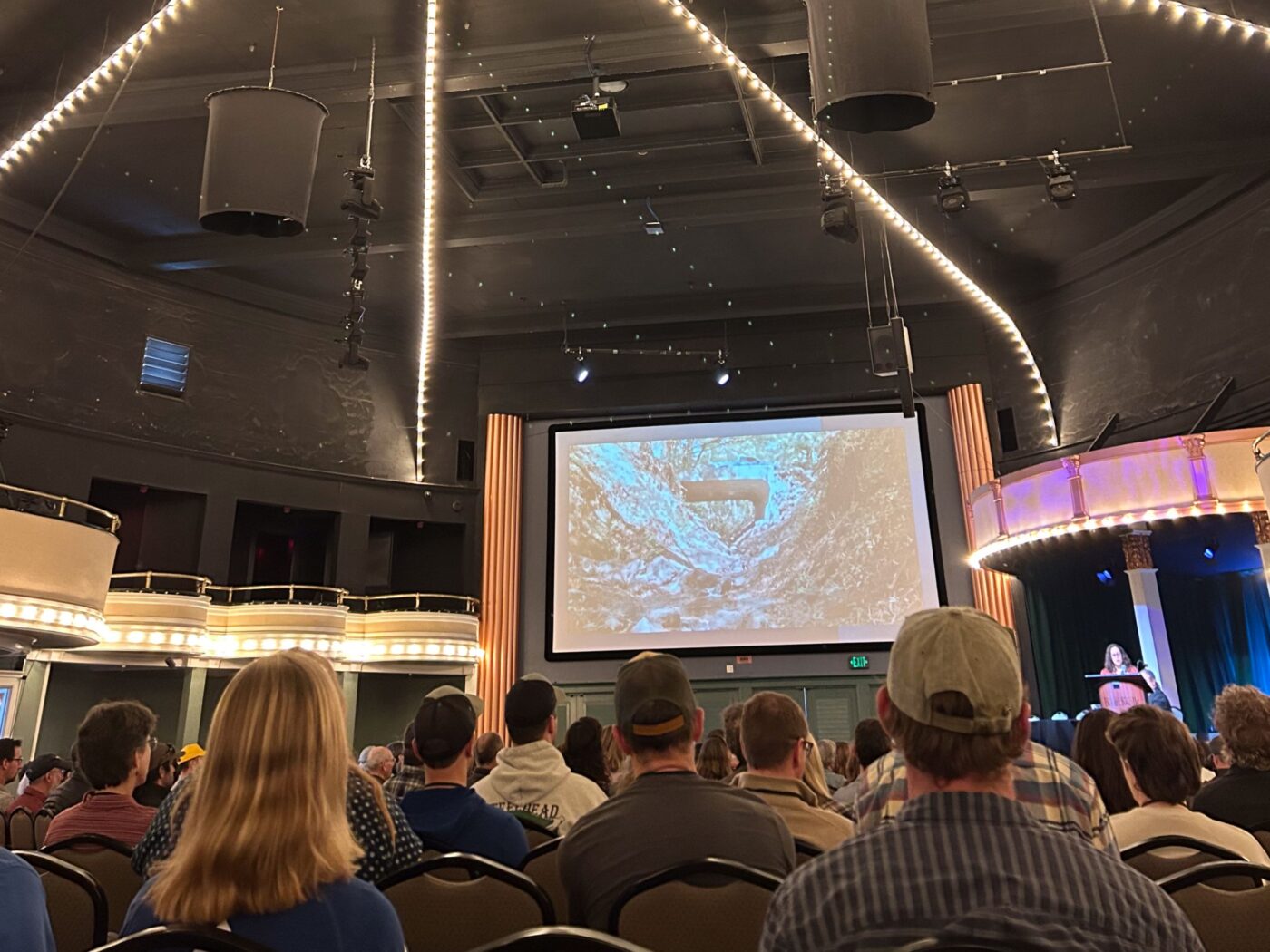
The deconstruction of the dams on Klamath River represents a huge win, as tribal access to culturally important lands and salmonid access to their historic range has been restored. More than that, it has inspired important conversations and opened the doors to critical research opportunities in the field of salmonid restoration – such thoughts were reflected in the captivating speeches of the conference’s plenary session. Kellyx Nelson, Executive Director of San Mateo’s Resource Conservation District (RCD), set the stage with a message emphasizing the importance of humanity in the field of salmon restoration work: specifically, the value in building positive, lasting relationships with stakeholders and collaborators. She also commented on the urgency of carrying out bold actions, like those taken in the Klamath Basin, in saving animals like salmon on the brink of extinction.
The next speaker was Frankie Joe Meyers, a Yurok Tribe representative, who elaborated on the importance of a “new” traditional ecological knowledge (TEK) – one reconnecting humans with nature, recognizing them as a keystone species with a responsibility to protect the natural world, rather than remain separate from or rank above it. He highlighted the sheer magnitude of the accomplishment of the Klamath Dam removals, namely, how it achieves deep reconnection of the ecosystem and the people, and how it may inspire future restoration projects to consult and incorporate TEK for similar successes. Other plenary speakers, Jonathan Armstrong and Desiree Tullos, both Oregon State University faculty members, spoke about the ecological nuances that follow large projects like dam removal – addressing the importance of predicting habitat use in salmon, and studying the impacts of reservoir drawdowns on water quality and primary production.
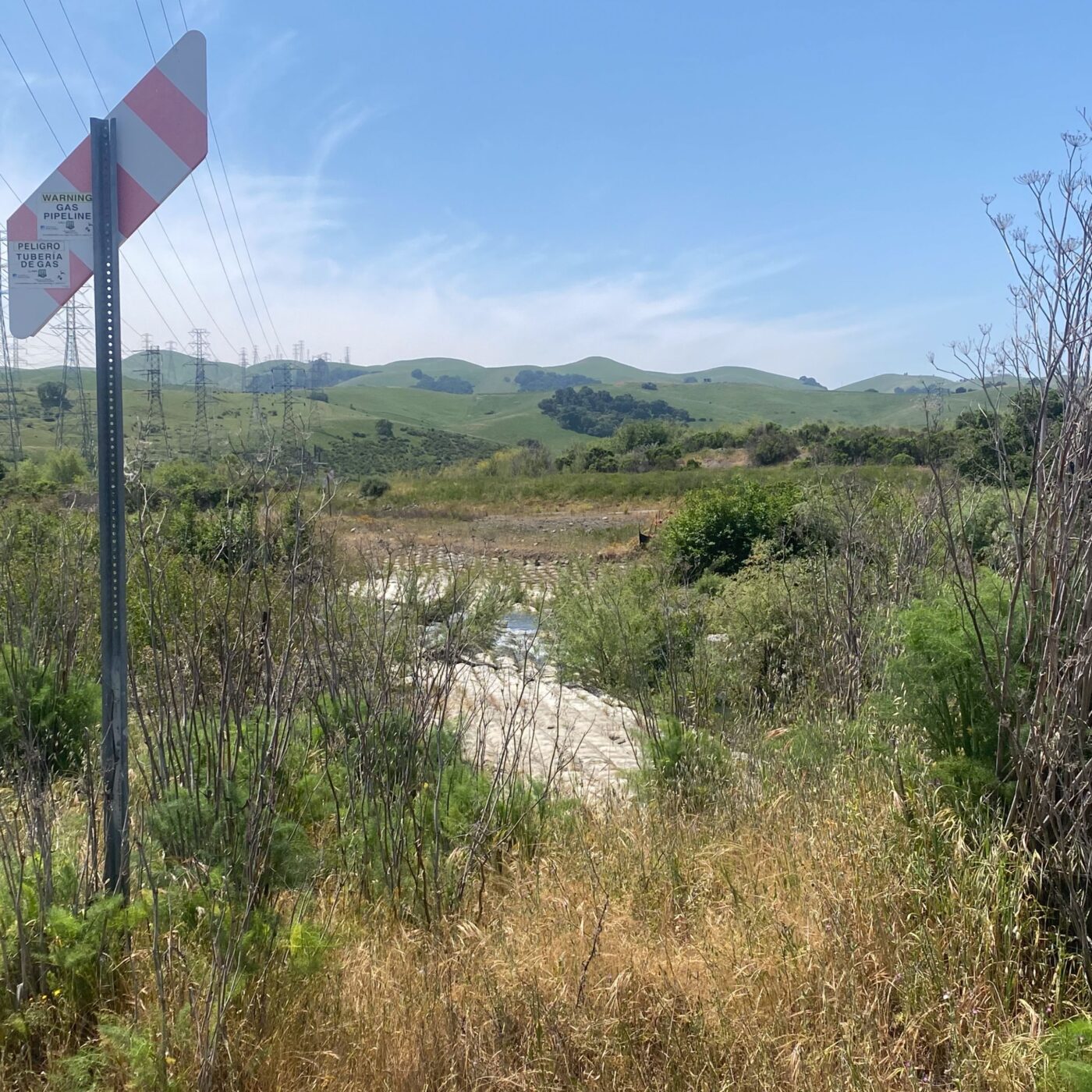
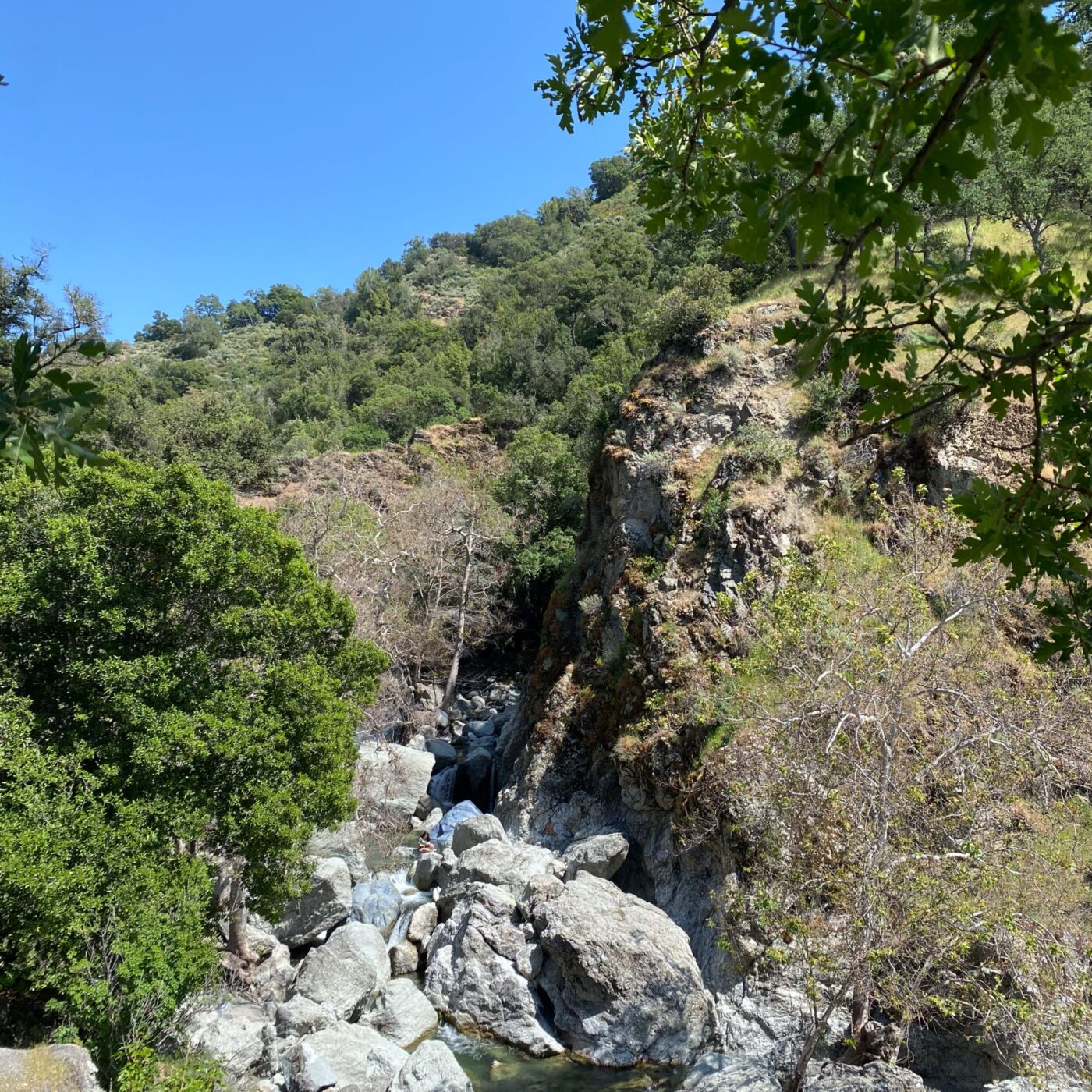
Other salient talks were given throughout the conference, including those in a session on innovative approaches to survey and monitor rare and sensitive salmonids, moderated by FISHBIO. Environmental DNA (eDNA) sampling was highlighted in several talks as an emerging non-invasive technique to survey fishes, with evidence from three case studies that eDNA methods work as well as, if not more effectively than, traditional fish sampling methods. Another talk in this session shared creative fish collection methods, wherein juvenile Chinook salmon were retrieved from a bird colony’s discarded foragings – eliminating the need for time consuming seine hauls or backpack electrofishing. This also allowed for the serendipitous collection of salmon otoliths without the need for lethal “take” permits.
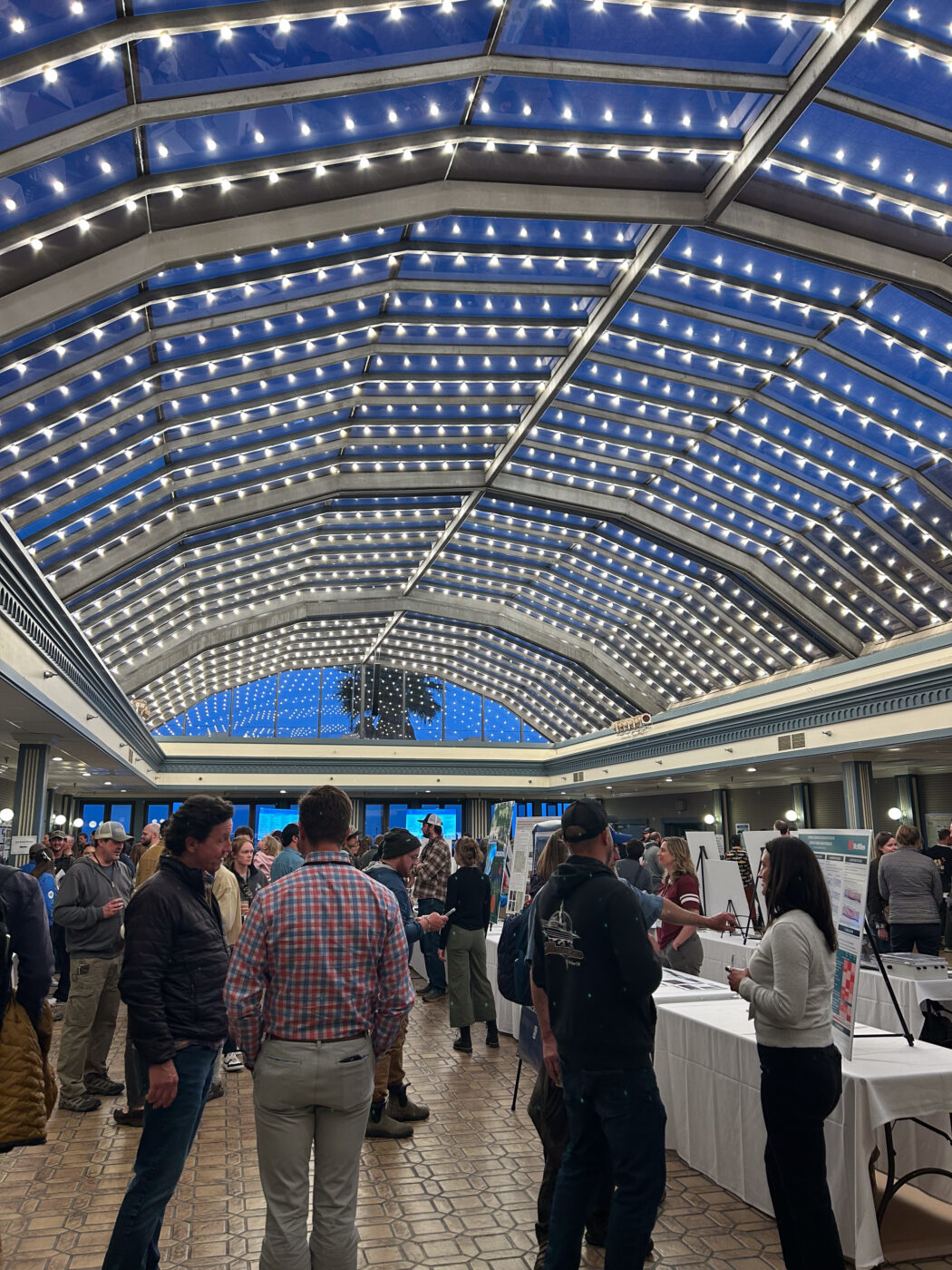
During a session on the use of drone technology in fisheries work, FISHBIO presented one of our recent studies to define steelhead passage thresholds for the Salinas River. We used drone imagery to create digital elevation models of each of our study reaches, which we used to obtain depth-profile data at numerous riffles within each reach. After calculating the flow threshold that would support steelhead passage at each riffle, we then compared these data against depth profiles collected with an acoustic doppler current profiler (ADCP) or stadia rod. We found that flow thresholds which support steelhead migration in the Salinas Basin were lower than previously thought. As demonstrated in our talk, and others in the session, drone technology shows promise in fisheries management and monitoring, reducing field effort in remote locations with difficult terrain, making projects like large-scale habitat mapping and redd surveys more feasible.
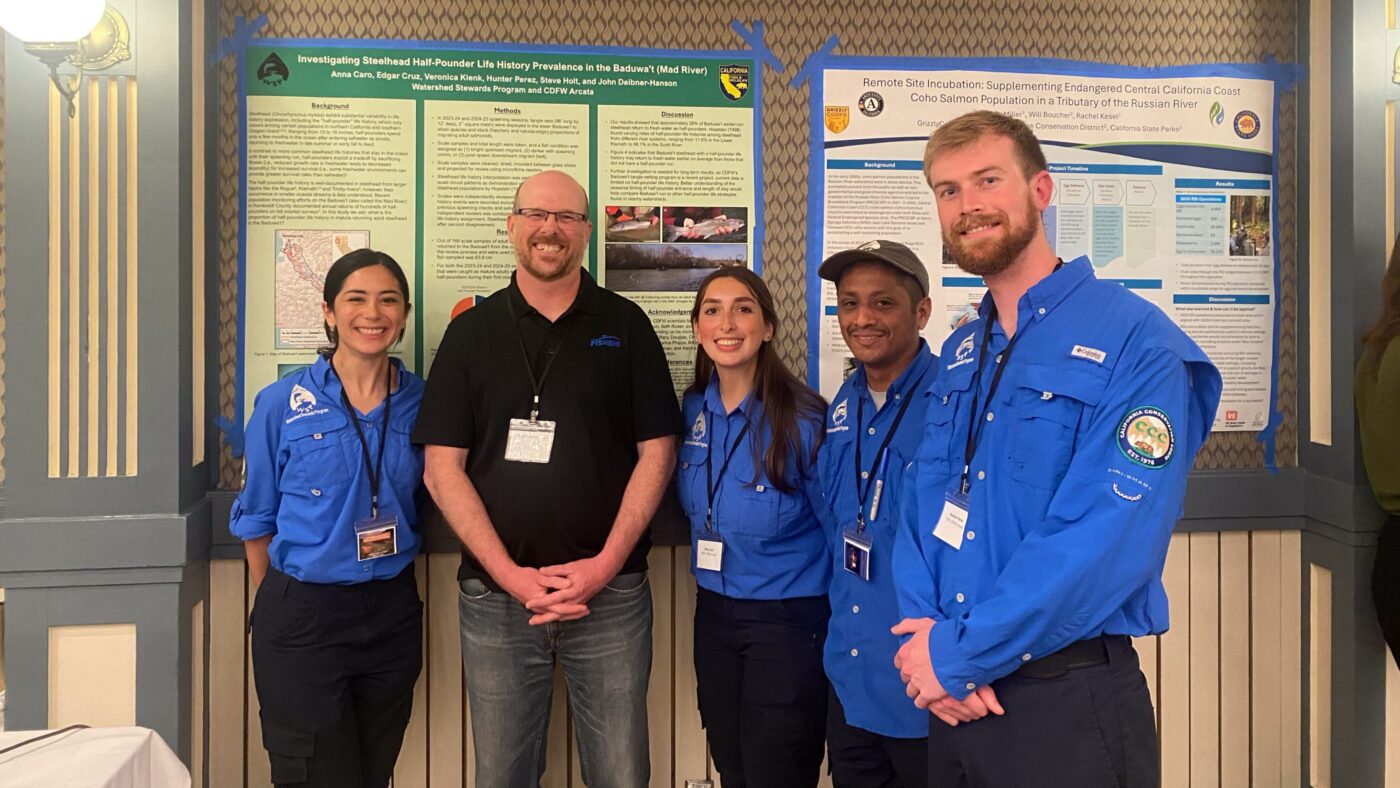
FISHBIO took advantage of other conference events, including workshops in fish barrier assessment protocols, the benefits of story-telling in restoration, and what can be learned from successful salmon and steelhead restoration initiatives outside of California. FISHBIO also toured the Alameda Creek Watershed, taking home valuable tools to address fish passage challenges in urban creeks. Like other conference attendees, we left Santa Cruz feeling empowered in the newest advancements in salmonid restoration research, with fresh tools and motivation to continue fisheries research, monitoring, and conservation projects in our local watersheds.
Take a closer look at our posters from this year’s poster session!
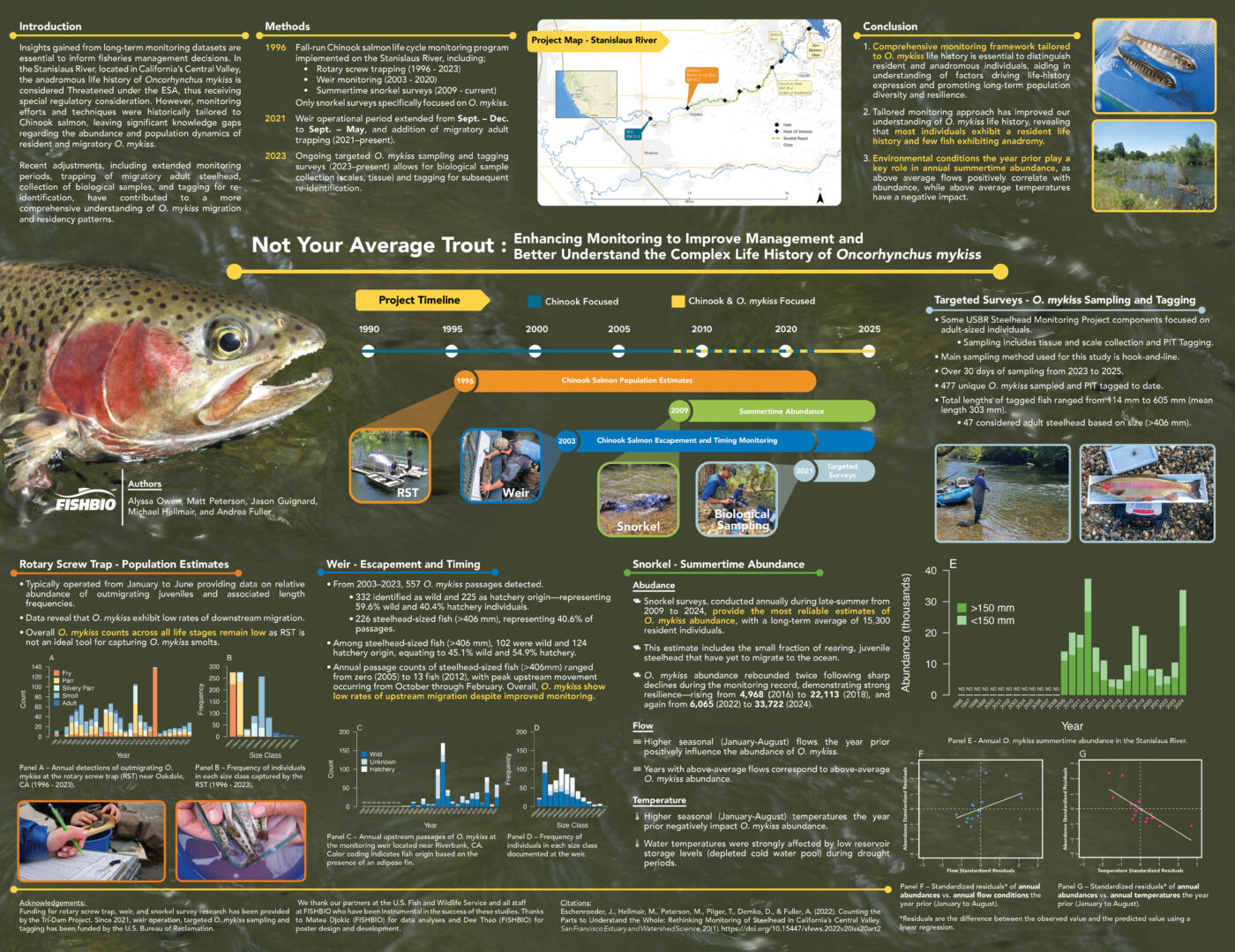

This post was featured in our weekly e-newsletter, the Fish Report. You can subscribe to the Fish Report here.
